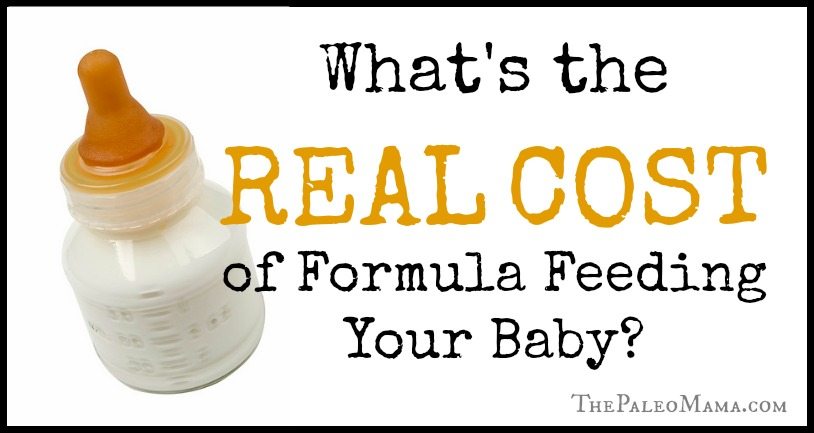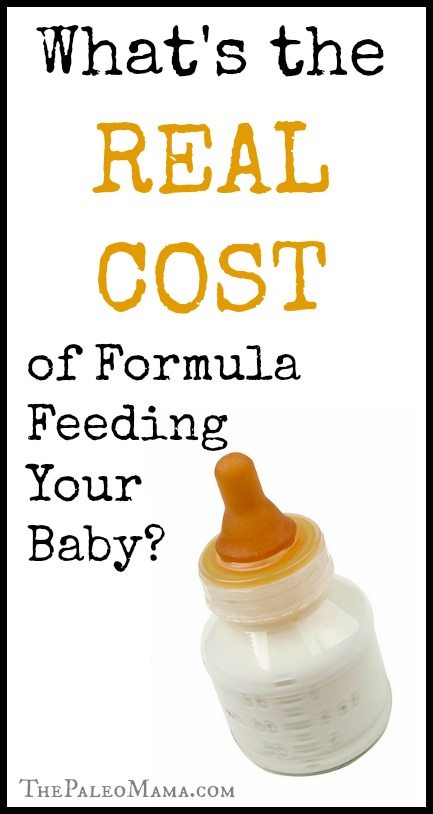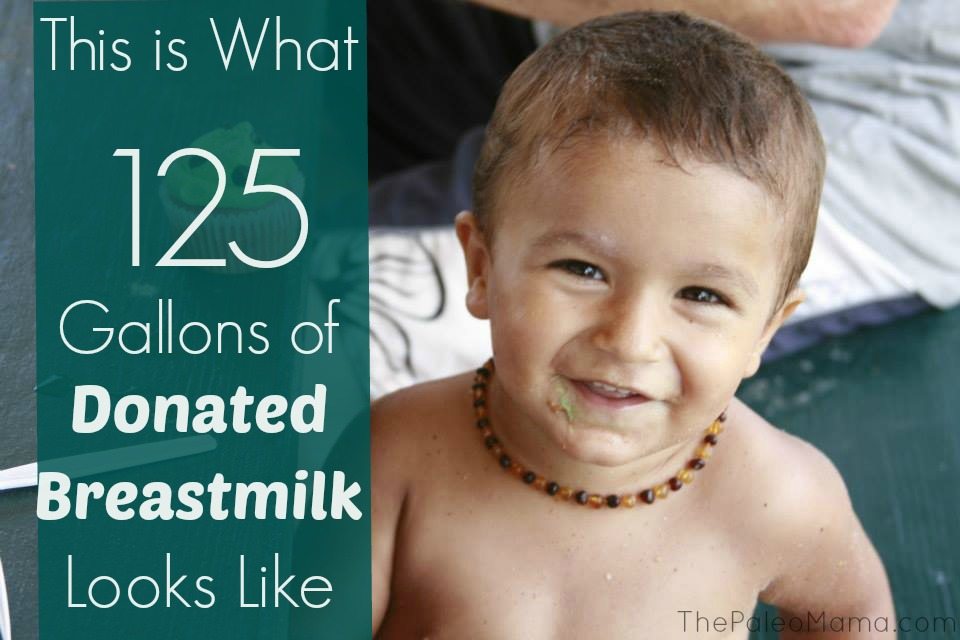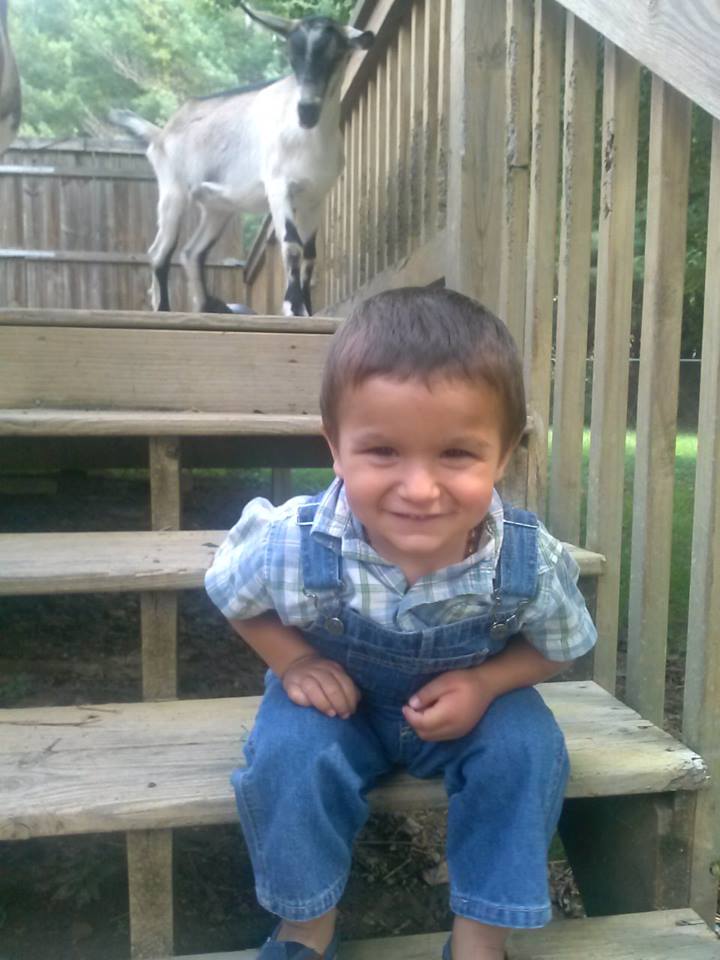
The market for functional and fortified foods grew significantly from 2012 to 2013, with infant formula topping the list.
In 2013, infant formula added nearly $5 billion in global sales, dwarfing gains seen for energy drinks ($3.5 billion), pre- and probiotic yogurts ($2.4 billion) and waters ($2 billion).1
Middle-Class Consumers are Being Targeted by Infant Formula Marketers
The infant formula market isn’t done growing yet. Experts believe that the product will maintain an 11 percent compound annual growth rate (CAGR) until 2018, with middle-class markets (especially those in Asia) largely fueling the rapid expansion. Analyst Diana Cowland told FoodNavigator-USA:2
“It is the rapidly expanding base of middle-class consumers in emerging economies, with high aspirations for their children and a willingness to make sacrifices, which is the prime target audience for products containing ingredients which benefit developing brains.”
In order to make up for the European and American infant-formula markets, which are described as ‘more sluggish,’ the marketers are now targeting Asia and potentially Africa and the Middle East with earnest.
What’s the Real Cost of Formula Feeding Your Baby?
Depending on which type of formula you choose, it can cost upwards of $1,500 to $3,000 a year to purchase enough formula to feed an infant. But that’s only the beginning.
Breastfeeding offers a long list of life-long health benefits, not just for the child, but for the mother as well. Studies have shown that breastfed babies gain added protection against:
| Sudden infant death syndrome (SIDS) | Eczema | Respiratory- and other types of infections |
| Heart disease | Obesity | Type 1 and type 2 diabetes |
| Bowel diseases such as Crohn’s disease | Asthma and allergies | Necrotizing enterocolitis among premature babies |
Breastfeeding can also help promote cognitive development in your child. It also benefits the mother in several ways, including:
| Enhancing maternal behavior through increased oxytocin release | “Natural birth control,” as it suppresses ovulation, making pregnancy less likely | Diabetic mothers typically require less insulin |
| Easier weight loss | Reducing your risk of endometrial-, ovarian- and breast cancers | Reducing your risk of metabolic syndrome |
Not Breastfeeding Costs Billions of Dollars a Year, May Contribute to Tens of Thousands of Illnesses
However, you don’t have to fall prey to the marketing plans of these companies, as there are far better foods for your baby.
By not breastfeeding, you and your baby miss out on these important benefits noted above, which translates into increased risk of diseases and corresponding medical costs.
One study estimated the increased medical costs of diseases caused by a lack of breastfeeding infants in their first six months of life to be $13 billion each year in the US alone. The researchers concluded:3
“If 90% of US families could comply with medical recommendations to breastfeed exclusively for 6 months, the United States would save $13 billion per year and prevent an excess 911 deaths, nearly all of which would be in infants ($10.5 billion and 741 deaths at 80% compliance).”
Women, too, miss out when they formula feed in lieu of breastfeeding. Separate research found that current US breastfeeding rates, in which only 23 percent of women breastfeed for at least one year after birth, translate to:4
- 4,981 excess cases of breast cancer
- 53,847 cases of hypertension
- 13,946 cases of myocardial infarction
This was compared with a cohort of 1.88 million US women who optimally breastfed, and assumes that observed associations between breastfeeding duration and maternal health are causal. The study concluded:
“ … suboptimal breastfeeding incurs a total of $17.4 billion in cost to society resulting from premature death, … $733.7 million in direct costs, … and $126.1 million indirect morbidity costs … “
Even When You Factor in More Maternity Leave for Women, Breastfeeding Still Saves Money
Increasing numbers of women are co- or primary breadwinners in their households and may return to work just weeks after giving birth. This, coupled with the fact that research shows breastfeeding duration tends to be longer when maternity leave is lengthened,5 represents one barrier to women wishing to breastfeed for longer periods.
The above referenced study that found not breastfeeding costs the US economy at least $13 billion a year was sharply criticized for this very reason, with critics saying it did not take into account the monetary losses women in the workforce would incur by taking the time to breastfeed. So, the researchers conducted another study that factored in such additional costs, including pediatric health costs, formula costs, cost of extra food for breastfeeding women, paid leave, and additional factors. The results spoke for themselves:6
“If 90% of mothers could comply with current medical recommendations around breastfeeding, our economy could save $3.7 billion in direct and indirect pediatric health costs, with $10.1 billion in premature death from pediatric disease. We would spend $3.9 billion less per year on infant formula. Additional food for nursing mothers would cost up to $1.6-2.1 billion, and more Baby-Friendly® … births [designed to promote breastfeeding] would cost $0.145 billion.
Paid leave would cost $6.2 billion for 12 weeks at 55% pay … Even including paid leave, the net cost to our economy of our suboptimal breastfeeding rates would still be at least $8.7 billion. Paid leave would be expected to improve breastfeeding duration and reduce disparities.”
As a revealing aside, the study also uncovered that the Special Supplemental Nutrition Program for Women, Infants, and Children (WIC) budget is dependent on rebates from formula companies, which obviously represents a major conflict with promoting the healthier option of breastfeeding:
“Note that current formula company rebates of $2 billion to Special Supplemental Nutrition Program for Women, Infants, and Children (WIC) are equal to 32% of net WIC expenditures … The WIC budget is dependent on formula company rebates, a conflicting situation.”
This is About Empowerment, Not an Attack on Formula-Feeding Moms
As the benefits of breastfeeding are beginning to be more widely recognized, at least in the US, there has been a growing stigma against moms who formula-feed their babies. If you’re a formula-feeding mom, please don’t feel attacked or judged!
The information I’ve compiled here is meant to empower women with the information they need to make healthy choices. Many women do not have access to the truth about breastfeeding and have been mislead by infant-formula marketing to believe they must spend thousands of dollars a year to provide the best nutrition for their babies. In reality (and barring any extreme exceptions such as certain transmittable diseases or drug use), breast milk is the best food for babies, period.
Ideally, you’ll want to strive to breastfeed your baby exclusively for the first 6 months, at which point you can begin to supplement with solid foods and continue to breastfeed for a year or longer. But remember, even breastfeeding for as little as one month can impart great health benefits for both you and your baby.
Most Women Can Successfully Breastfeed Their Babies
There are certain medical conditions that can prevent a woman from breastfeeding, however the majority of women are able to produce adequate supplies of milk and breastfeed successfully. Often, those who believe they cannot may be misinformed, and believe they don’t have enough milk; this is a common misperception. However, in the vast majority of circumstances, all women have enough milk to breastfeed. The more the baby nurses, the more milk you will produce! Mom needs to drink plenty of water and seek optimal nutrition while nursing. The beginning weeks and months are critical in the process. As the La Leche League states:7
“Some mothers need to know that they will be able to breastfeed their babies in less than ideal or special circumstances. For example, many mothers have been able to provide their own milk for their premature or ill babies. Many mothers also continue to breastfeed after returning to work and, in most cases, provide sufficient milk.
In other cases, because of lack of knowledge or a poor start, a mother may be in a situation where her body is not producing enough milk. Increasing frequency of nursing, making sure the baby is latched on correctly, and offering both breasts at each feeding are some of the proven techniques that help most nursing mothers increase their supply.”
What are the Next Best Options to Breastfeeding?
If you are a woman who is unable to breastfeed, you may want to consider using donated breast milk. Unfortunately, there is a major downside to using breast milk from human milk banks that are now available in the US. The milk has been pasteurized, which means many of the essential immune-building elements will be decimated in the pasteurization process and your infant will fail to receive this crucial support when they need it the most.
So while human milk banks are a fantastic idea, the sad reality is that milk obtained from them — assuming it is pasteurized, as is standard process at most milk banks — is far inferior to breast milk that is unpasteurized. An alternative option to obtain unpasteurized breast milk straight from a donor may be to work with a physician or pediatrician who will work with you to find a safe milk donor, and will be involved in a screening process to ensure the milk is safe.
If for whatever reason you’re unable to breastfeed or find a safe source of breast milk, please steer clear of commercial infant formulas as much as possible and definitely avoid all soy infant formula, as it is loaded with toxic elements like high doses of manganese and aluminum.
It is among the worst commercial food you could give your baby. It is likely that at some point in the future when all the health complications are fully appreciated, it will be removed from the market and banned. However, even milk-based infant formulas have been found to be contaminated with chemical additives (including some that are ‘organic’!). The next best alternative to breast milk is to make a healthy homemade infant formula. There may be others, but here is one recipe for homemade formula created by the Weston Price Foundation, which I believe is sound.
Photo Credit: Flickr
CLICK HERE to Pin This Article!





